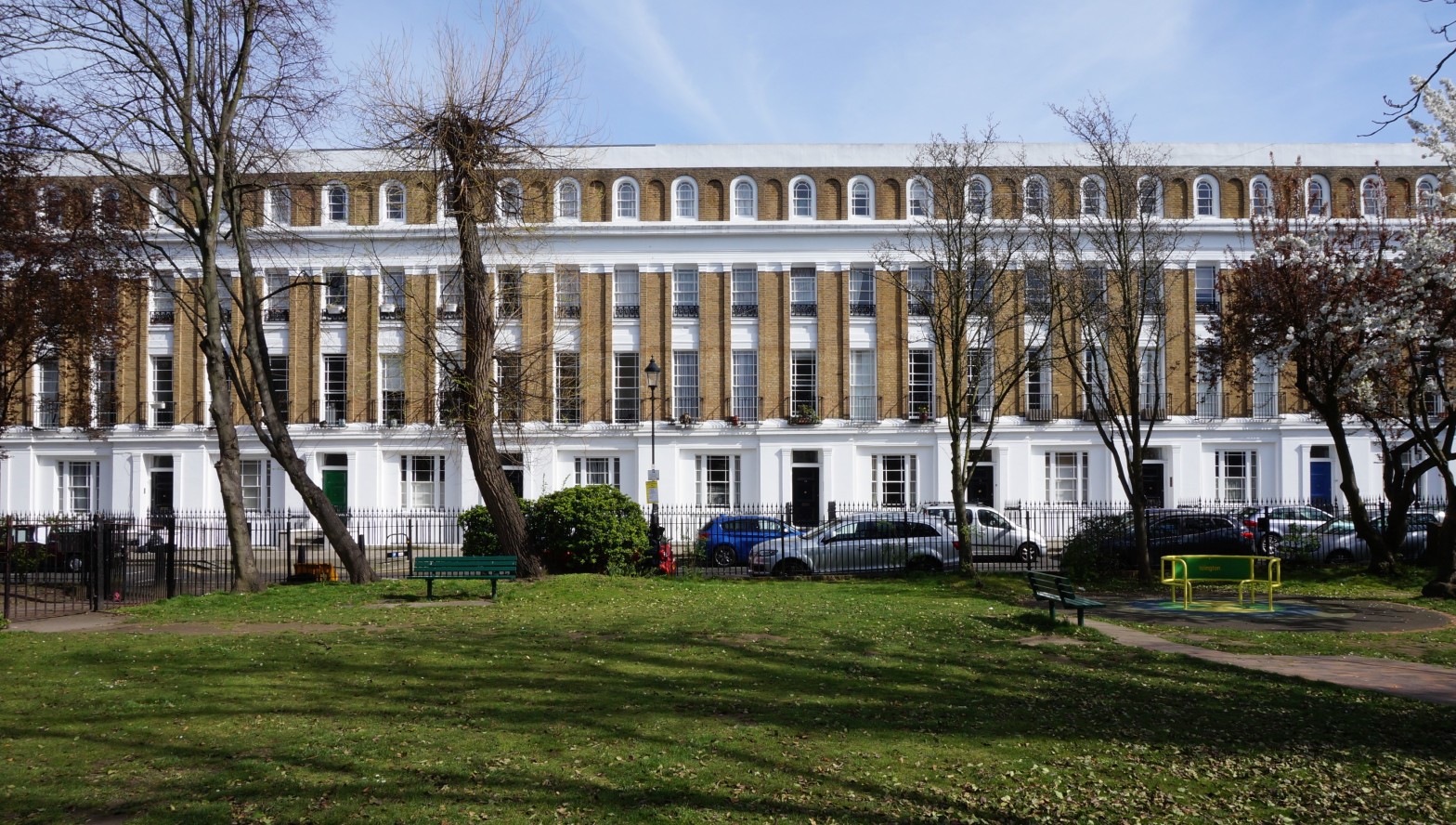The three series of Six English Towns that Alec Clifton-Taylor made for the BBC in the 1970s-1980s are an excellent introduction to some of the most attractive, best preserved and architecturally most rewarding historic places in the country. All 18 subjects were well chosen and all of them will repay handsomely the time and effortContinue reading “High Victorianism for the Kent Coast: the architecture of Wheeler and Hooker”
Category Archives: Parks
From the picturesque to the sublime: Henry Darbishire and the architecture of philanthropy
The name of the architect may not stick in the memory; his greatest work most certainly will. Like many people, I learned about the Columbia Market in Bethnal Green and its tragic fate thanks to Hermione Hobhouse’s Lost London. Somewhere in my mid-teens, I discovered the book in the reference room of Kingston-upon-Thames public libraryContinue reading “From the picturesque to the sublime: Henry Darbishire and the architecture of philanthropy”
Robert Lewis Roumieu: progressive or prankster?
One is the former London office of a firm that produced vinegar and fortified wines. The other is a speculative development of townhouses aimed at the affluent middle classes. Fairly mundane projects typical of the 19th century, one might think; typical, indeed, of hundreds such up and down the country, brought into being by theContinue reading “Robert Lewis Roumieu: progressive or prankster?”
Joseph Clarke (1819/20-1888): an unexpectedly deft safe pair of hands
Today’s post forms something of a pendant to the preceding post on Henry Woodyer, not least because it takes in the remarkable church of SS Peter and Paul in Foxearth, Essex. It deals with an architect who, like Woodyer, was active chiefly in the Home Counties. Again like Woodyer, he specialised in ecclesiastical work –Continue reading “Joseph Clarke (1819/20-1888): an unexpectedly deft safe pair of hands”



